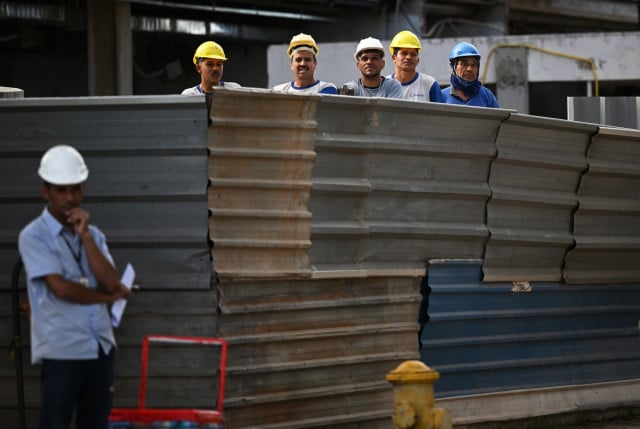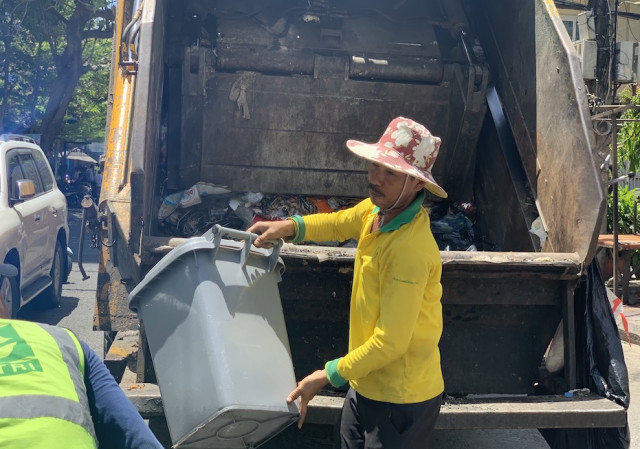Hol Pidan Exhibition Shows Khmer Handicraft
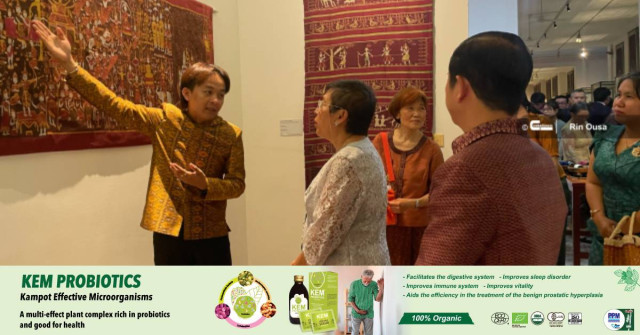
- By Rin Ousa
- March 22, 2024 6:10 PM
PHNOM PENH – The National Museum of Cambodia is hosting an exhibition of hol pidan fabrics to show the value of the traditional handicraft as it faces challenges from low demand to a decline in skilled weavers.
The exhibition started on March. 21 and runs to June. 21. A total of 17 objects from 72 hol pidan collections have been chosen to display.
Phoeurng Sackona, Minister of the Ministry of Culture and Fine Arts, said at the opening ceremony that the public can get a better understanding of the values and traditional uses of hol pidan through this exhibition.
Sackona said it was a concern that professional weavers were getting older and there were no books on how to weave.
The exhibition aimed to raise awareness, particularly among young people, to understand and promote hol pidan.
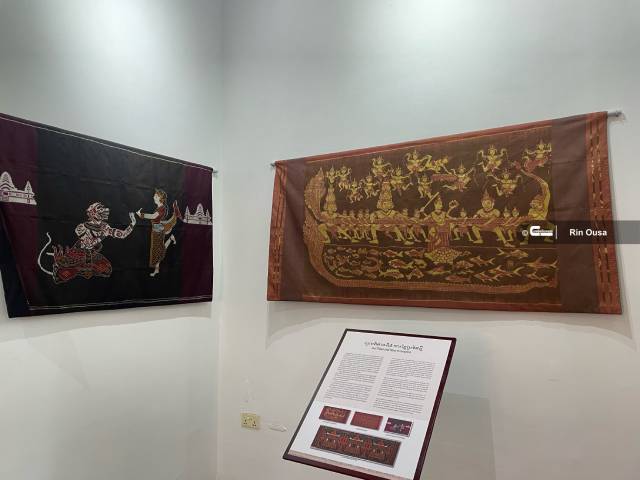
Hol pidan is more specialised than normal hol — a kind of skirt used by females — as it carries different images and stories which are associated with religious beliefs. As such, it is not for wearing.
Hol pidan normally tell stories about life of Buddha, legends or myths. The fabric has images of religious buildings, offerings, people, animals, flags, trees, boats and ships.
It takes months to weave a hol pidan which tells a story. Most weavers are women who follow Buddhist traditions and beliefs and those who can memorize the story to create images and ornaments by using motifs.
Hol pidan are usually used in village pagodas and ceremonies. Khmer people do not wear hol pidan as they believe they are for the deity.
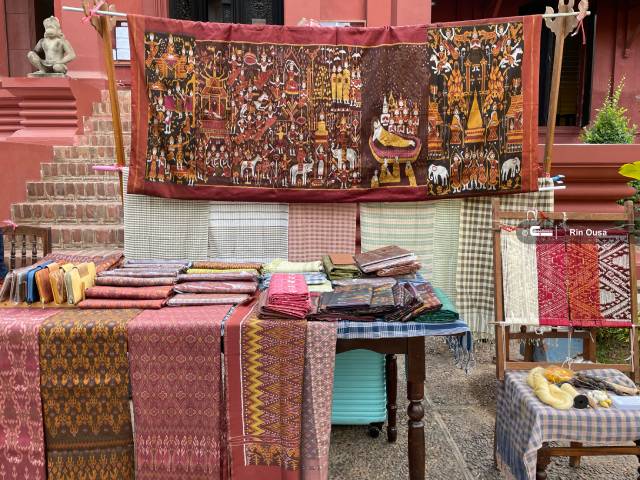
In the present time, Hol pidan’s role is no longer associated as closely with religious beliefs. Young people prefer to buy pidan and hang them in their houses, offices or tourist destinations.
Chhay Visoth, director of the Museum Department, said the exhibition aims to show the weavers' worries about the challenges in maintaining the production of hol pidan amid fewer buyers and the decline of weavers.
“There used to be 415 textile collections at the National Museum of Cambodia. Unfortunately, more than 300 collections vanished for unclear reasons after the Khmer Rouge regime ended,” Visoth said.
“There was only one tab remaining following the liberation on January 7, 1979. With the generosity of both domestic and foreign donors, the number of hol pidan has grown to 72 collections since 2008.
“In August 2023, 41 hol pidan were given to the National Museum by the Japanese Project team at the Ministry of Culture and Fine Arts,” he said.
La Sokheng, a painting conservator of the National Museum said this temporary exhibition aims to show the evolution and challenges of hol pidan Khmer.
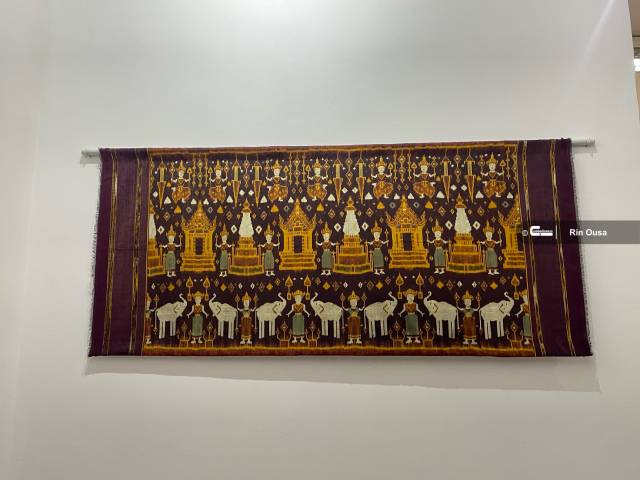
“In the past, hol pidan was used as a roof tied above God or a courtyard within a temple or shrine. Due to its higher price, hol pidan are not widely bought to tie above or place near Buddha image at the temple,” Sokmeng said.
“Nowadays, the moderate or high-income group who can afford hol pidan, purchase them to hang on the wall by placing them in a frame. The price varies depending on its size. Hol pidan with the whole storyline could cost around $500-$600 while the small for house decoration could cost around $100-$200.
“Hol pidan is one of the Khmer ancient handcrafts. Although we do not know exactly when it was first founded, the word “pidan” had been seen in the inscription text in Sanskrit at least since the 12th century,” he said.
With the collaboration between the National Museum and organizations, three exhibitions have been held under the theme of ‘Hol pidan Khmer’, ‘Revival of the tradition of weaving the Hol pidan Khmer’ and ‘Khmer tradition of weaving the Hol pidan Khmer: conservation and development’ in 2010, 2014, and 2016, respectively.
This year marks the fourth time the exhibition has been held in the museum. Visitors can visit it daily from 8am until 5pm. It is divided into three main themes, hol pidan and decoration, hol pidan and Buddhism, and hol pidan and innovation.






